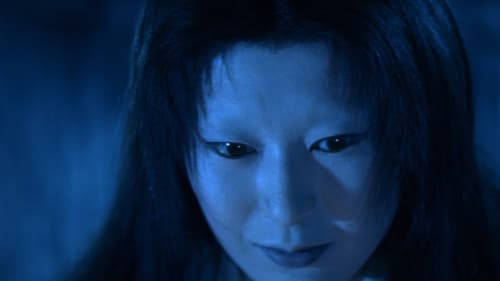
Music
Iwate Prefecture, Ohasamacho. In the foothills of Mt. Hayachine, the kagura (devotional dance) offered to the mountain goddess by the mountain priests is still performed today nearly unchanged from mediaeval times. This dance, which has been handed down along several lines of succession in the villages of Take and Otsugunai, has its origins in prayer. Take's kagura and Otsugunai's kagura are said to be closely related. The film shows the people who lovingly continue to perform these two types of dance and the transition from ancient tradition to modern life. Even from the first moment that director Haneda was charmed by Hayachine's kagura, the mountain villages that were home to the gods had already begun to disappear.

Sound Designer
Produção japonesa contada em quatro histórias. Em "Black Hair", samurai divórcia-se da mulher que ama para se casar com outra pelo dinheiro; em "The Woman in the Snow", lenhador encontra mulher congelada e o espírito dela aparece para revelar detalhes de sua vida, pedindo a ele que jamais conte a ninguém - mas dez anos depois ele esquece a promessa; em "Hoichi the Earless", o jovem e cego Hoichi vive num monastério e passa a cantar para fantasmas do império; e "In a Cup of Tea" fala de um escritor que vê uma misteriosa face refletida numa xícara de chá.

Music
While extracting and polishing their blocks of stone, stonecutters used to say “the stone is coming to life". This paradox provided Matsumoto with the best metaphor for what making a film is all about. In his opinion, filmmakers work images in the same way that stonecutters work stones.

